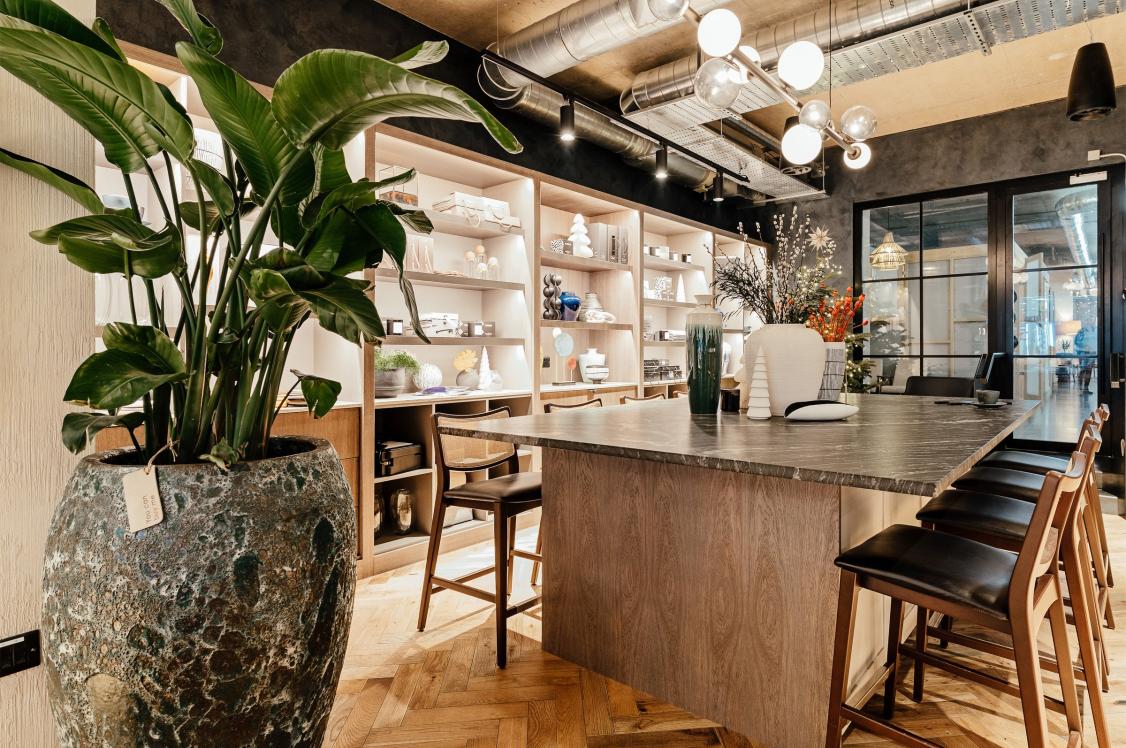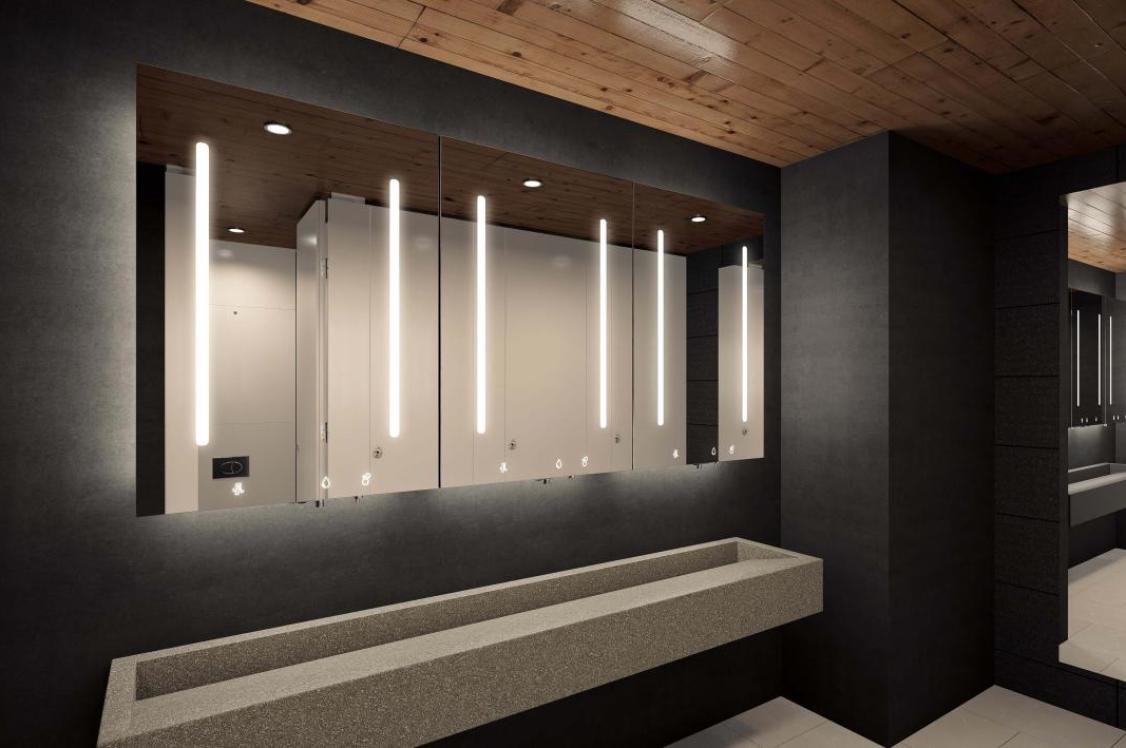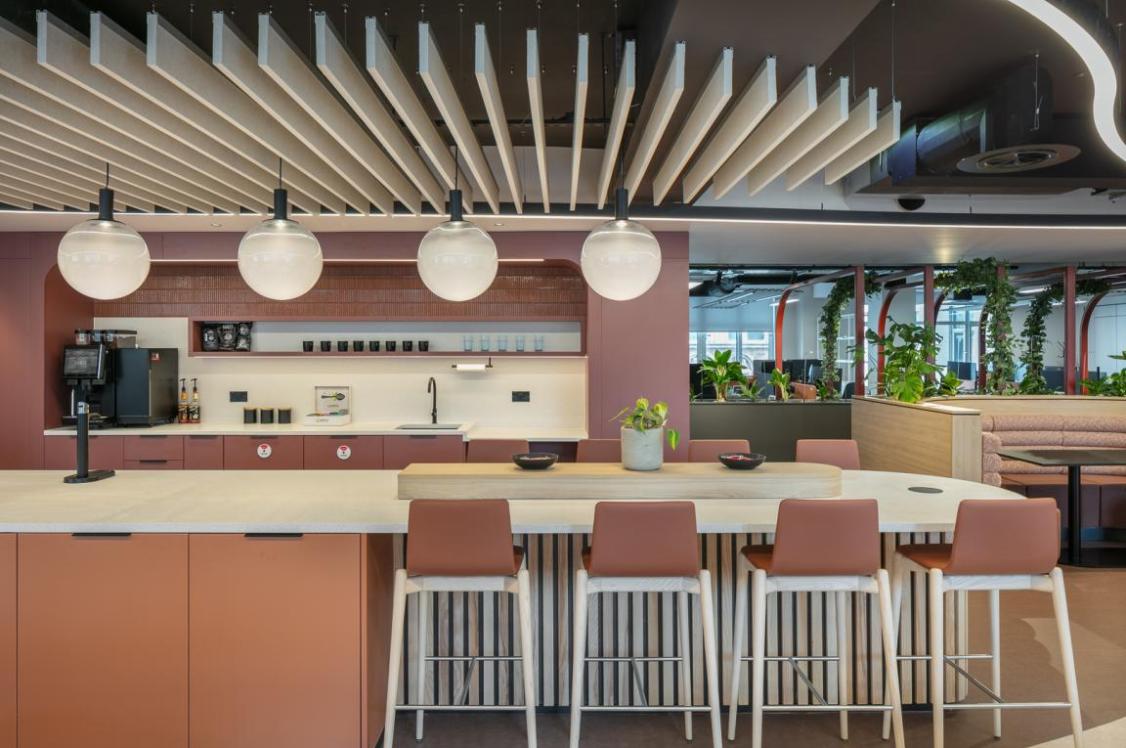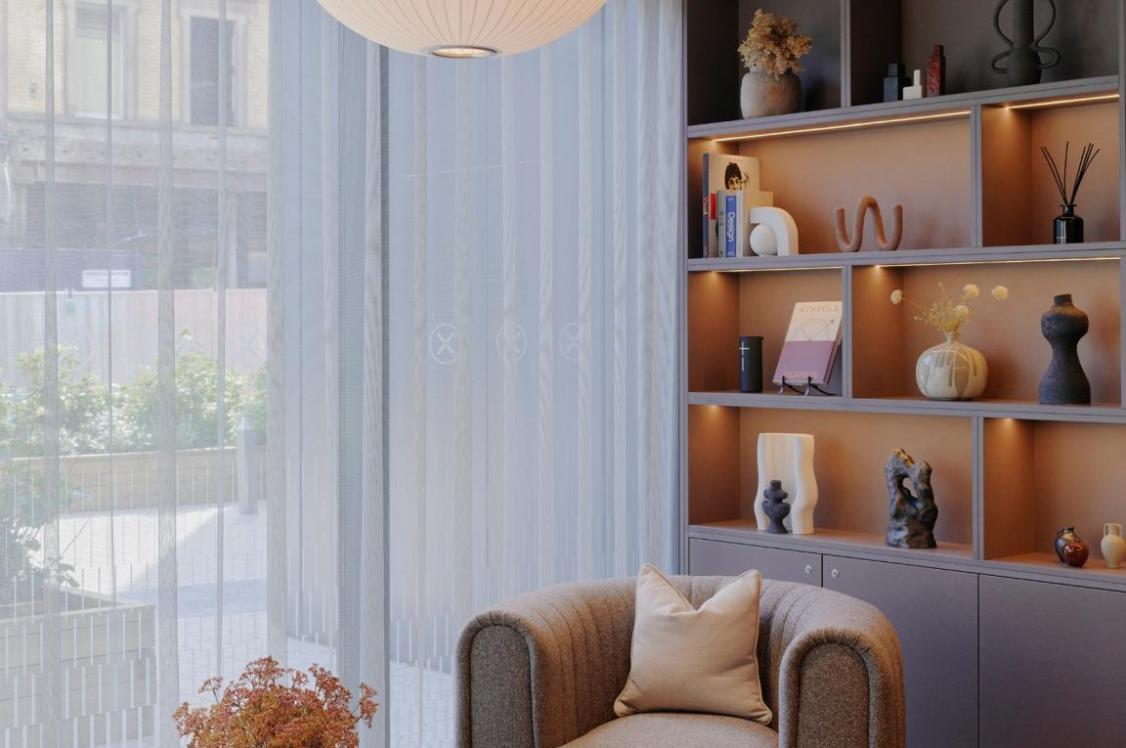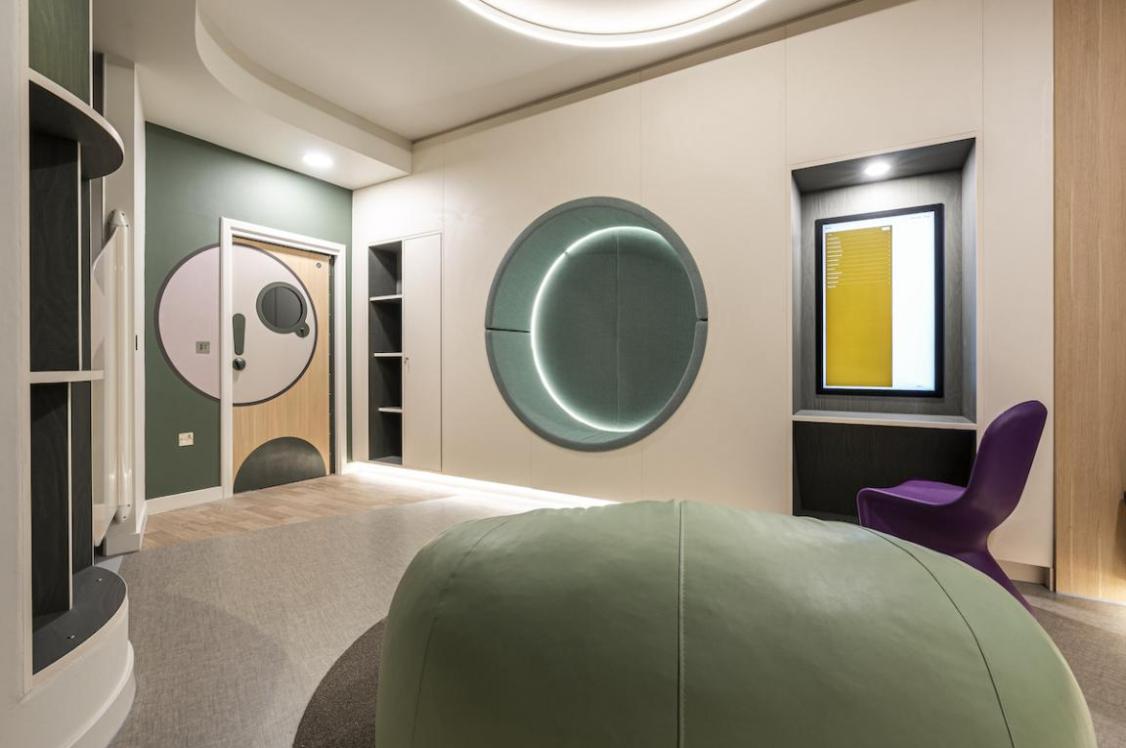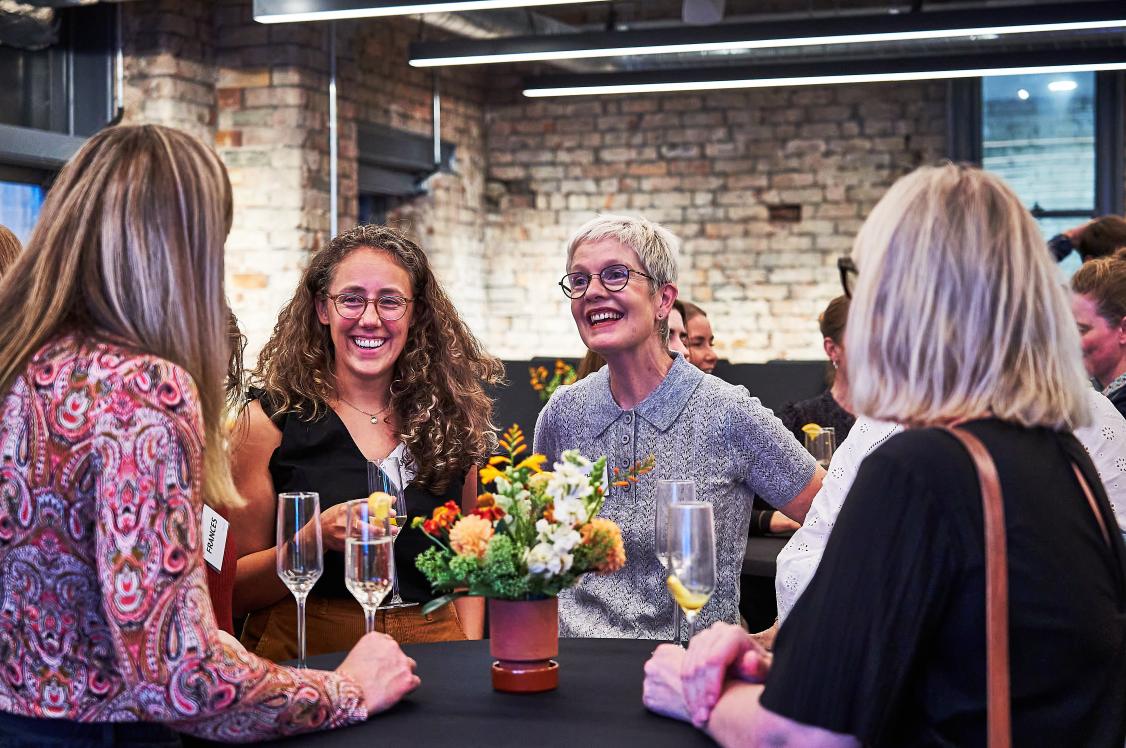Jamie Hanson, director, CODA Studios on thriving northern cities, the rise of BTR & tackling the housing crisis.

Jamie Hanson is director at CODA - an award-winning multidisciplinary design-led architecture practice.
Having joined the firm in its first year of business as a young trainee technician at just 19-years-old, Jamie now heads up the Manchester office - working nationally and internationally on a range of projects.
With a well-established reputation for project delivery in the residential sector - with thousands of residential units; domestic new build, student living and conversion projects under his belt, we felt Jamie's insight was crucial to feature as part of our editorial focus on residential.
From discussing the differences between Manchester and Sheffield, retrofit versus new build, and the potential for tackling the "grave" housing crisis currently being faced in the UK, here, Jamie provides a snapshot of the current sector climate through a CODA lens.
Please could you introduce us to CODA Studios, and describe your role there?
"CODA is an award-winning architectural design studio that specialises in creating beautiful homes and sustainable neighbourhoods. Our passion is residential but we have a wide experience within the practice of commercial retail, office and industrial sectors.
"My role at CODA is director. I proudly oversee the studio here in Manchester. I’m originally from Sheffield but I’ve spent the last 8 years living in Greater Manchester. I love the vibrancy of this city, it has a real buzz about it every day of the week.
"It’s also a great city to work in property, it moves at pace and the community is friendly. I’ve enjoyed the years working here and we have met some amazing clients and consultants that we have forged strong working relationships with."
The practice also has a studio in Sheffield – how do the two teams collaborate across projects?
"The development of technology through the Covid period helped CODA to embrace remote working. It has made resourcing projects between the two offices much easier, we utilise MS Teams to collaborate on projects with our colleagues and Monday.com to programme our workflows and resourcing of the two offices and teams.
"The technology has definitely improved the connectivity of the wider construction team - it has facilitated easier collaboration to solve problems and is much quicker than face-to-face meetings and site visits when working on projects nationally and internationally."
As cities, how do Manchester and Sheffield differ in terms of their residential mix? Is there enough variation?
"It is difficult to compare the two cities. I have been fortunate to live in both and find positives in them for different reasons. Manchester is certainly a huge economic and cultural force in the North, it has attracted a huge economic population and has worked quickly with developers to deliver good quality housing in the city centre, generally, in the form of one- and two-bedroom apartments for BTR, with some contemporary townhouses popping up on what we would call the periphery of the city.
"It is here that we see opportunities for more family housing to improve the mix of housing typologies within the city. Homes that are a hybrid of house and apartment living with roof terrace amenity space and near to local amenities and public green space.
"Sheffield, however, has seen a much slower increase in its local economy in the last 15 years and therefore the amount of city centre housing and apartments coming forward has been a lot lower than that of the Manchester market.
"Although, we are now seeing the appetite for BTR investment grow in the city and are working with clients on the design of several projects coming forward as purpose built BTR schemes. We feel that the housing offering is now becoming much more desirable as the redevelopment of the city progresses.
"The Heart of the City regeneration of the city centre is almost complete, it is providing a quality retail offering, grade A commercial office space, award-winning public realm. These are all ingredients that are required to create a vibrant community in our cities."
A quality retail offering, grade A commercial office space & award-winning public realm - all ingredients for vibrant city-centre communities.
How is the residential market in the UK currently compared to when you first started out? What are the main changes and challenges?
"There have been huge changes throughout the time I have been in the industry. I think the biggest change is in the direction of city centre living and the rise of the BTR housing model.
"As a sector, both designers and developers have had to adapt to the needs and aspirations of what the public want from city centre living. Rental properties with abundant amenities that focus on building a community within the development are, in my opinion, the developments that are the most successful. Deansgate Square, Kampus and Angel Gardens are all fine examples of successful BTR in the city."
The housing crisis we find ourselves in has resulted in a lack of affordable housing – is this situation improving? And are you working on any affordable schemes currently?
"In our view, the housing crisis is getting worse as demand continues to outpace supply, and we are not building enough homes to close the gap. We are currently working for a developer called the Sheffield Housing Company who builds family homes. The majority of their homes are for open market sale, but some will be for shared ownership, affordable rent, and market rent."
In our view, the housing crisis is getting worse as demand continues to outpace supply, and we are not building enough homes to close the gap.
What do you think of the government’s proposal to build new towns?
"Of course this is a policy that we must get behind, but for it to be a success there must be careful planning of each town; economic anchors or connection to economic hubs and cities, much better transport infrastructure, safe green space for leisure and exercise, good quality local amenities that are within no more than a 15minute drive or cycle."
What percentage of your projects are new build versus regeneration?
"We have a real varied mix, we work on a lot of new build housing, apartments and commercial projects that all contribute to shaping our community and urban environment.
"Our client Harworth Estates is currently on site with a development of a new high street for its new neighbourhood at Waverley in South Yorkshire. The CODA designed scheme seeks to recreate the high street in a contemporary way, with public realm and essential amenities designed to encourage chance meetings and areas for communities to flourish within. "
How does sustainability factor in your schemes?
"Sustainability plays a big part in our ethos and how we design our schemes. We design all our homes and buildings to encourage low maintenance/low energy living, and work on many projects that prioritise active travel (walking/cycling) and public transport in urban areas. We are also working on two net zero ready projects and expect to be involved in more of these type of scheme in the future."
Where do you seek inspiration?
"CODA is not weeded to any particular architectural style. We seek inspiration from everywhere, and where good design has been proven to create better homes, better places, and improve people’s lives."
What’s next for the UK residential sector?
"The city living sector will continue to grow and diversify so it can become a lifestyle choice for anyone at any stage of their lives. BTR will go from strength to strength and more townhouse typologies will be developed in and around city centres. The number of homes the UK delivers should increase due to recent changes in government policy and the planning system. Expect to see increasing housing developments on infill on sites in urban areas and increasing development on the greenbelt."
BTR will go from strength to strength and more townhouse typologies will be developed in and around city centres.
What’s next for CODA?
"The company has ambitious growth plans for the North West region of the UK. We are heavily invested and focused on the residential sector and expect this to continue given the grave housing crisis that the UK faces. We feel we are positioned really well in terms of our dual location across Sheffield and Manchester."


























